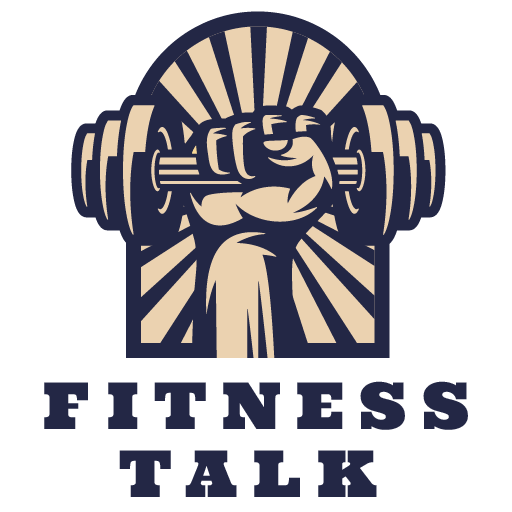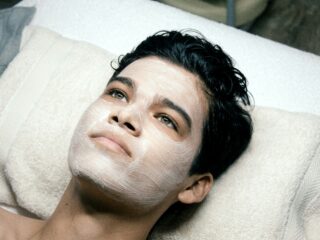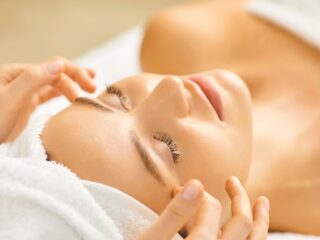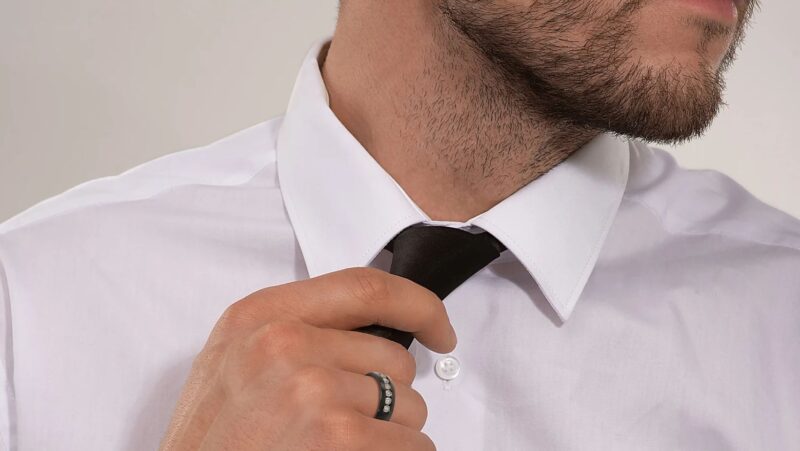
Smartphones accompany us everywhere these days – whether in the office, on the subway, or in the evening on the couch. With a tap of a finger, we check social media, stream videos, or try our luck at online casinos. But as convenient as these devices are, excessive screen time can take a toll on our bodies.
In this article, we look at how constant smartphone use can lead to neck and back problems, eye strain, or even sleep disturbances. At the same time, we demonstrate the physical benefits of cleverly used fitness and health apps and give you simple tips for balancing your smartphone and your health.
The Popularity of Smartphone Use
Smartphones have become integral parts of our everyday lives. According to recent studies, adults spend an average of around three hours a day on their phones – for young people, the figure is even four to five hours.
The reasons for this are varied:
- Social media: Quick updates on Facebook, Instagram, or TikTok
- Communication: Text messages, emails, and video calls with family and friends
- Entertainment: Streaming videos, reading the news, or listening to podcasts
- Gaming: From casual games to the Ideal casino bonuses, which are booming as entertaining pastimes
This all-round function makes the smartphone indispensable – but inevitably leads to excessive usage, which can have long-term physical consequences.
Postural damage and lack of exercise
Our gaze is often directed downward for hours as we type messages or scroll through feeds. This constant bending of the neck and back leads to what is known as “text neck”: neck pain, tension between the shoulder blades, and headaches.

At the same time, a sedentary posture promotes a lack of exercise. If you prefer holding your smartphone in your hand rather than standing up and stretching, this will weaken your core and back muscles over time. The result can be chronic back pain or disc problems.
A few simple habits can help counteract this: Hold your device at eye level if possible, change positions regularly, and incorporate short stretching or walking breaks. This protects your spine and promotes more balanced muscles.
Eye Strain and Vision Problems
Staring at a small screen for long periods of time can put a lot of strain on your eyes. The glare, tiny font, and constant focus at close range often lead to dry, burning, or red eyes.
Another factor is the blue light emitted by your phone. Over time, it can irritate the retina and disrupt the natural production of the sleep hormone melatonin.
Use these simple tricks to protect your eyes:
- 20-20-20 rule: Look at something 20 feet (about 6 m) away for 20 seconds every 20 minutes.
- Blink regularly: To keep the surface of your eyes moist.
- Nighttime blue light filter: Reduces eye strain in the evening.
This keeps your eyes relaxed and healthy for longer.
Sleep Disorders and Recovery
The bright screen in the evening can seriously disrupt your sleep. Blue light inhibits the production of the sleep hormone melatonin, causing you to fall asleep later and sleep less deeply.
Checking messages or watching videos shortly before bedtime keeps your brain busy and makes it harder to switch off.
Try these tips for a restful night:
- Screen-free time: Put your smartphone away at least an hour before bedtime.
- Activate night mode: Many phones offer a blue light filter for warm colors in the evening.
- Establish a bedtime ritual: Read a book, listen to quiet music, or meditate to gently unwind.
Positive Aspects for Physical Health
Smartphones don’t just have negative aspects – they can also support your body. With the right apps and settings, your phone becomes a fitness coach and health assistant:
Pedometers and Activity Trackers:
Many devices automatically measure how many steps you take and remind you when you’ve been sitting for too long. This motivates you to be more active in your daily life.
Workout and Yoga Apps:
Guided classes, short stretching exercises, or HIIT workouts can be completed anywhere and anytime – perfect for a quick fitness routine in between.
Health Apps & Telemedicine:
With apps for blood pressure and heart rate monitoring, you can keep an eye on your vital signs. If you have any questions or complaints, a quick teleconsultation is often possible.
Reminders and Sleep Tracking:
Smart alarm clocks analyze your sleep phases and wake you up at the right moment. Reminders to drink and exercise breaks promote your recovery.
Use these digital tools consciously – add small health breaks to your daily routine and benefit from the advantages of modern technology.
Preventive measures and healthy use
Conscious use of your smartphone helps avoid physical discomfort. Try these simple measures:

Hold the device at eye level to relieve strain on your neck and back. Sit upright as much as possible and support your forearms when typing or scrolling for long periods.
Regular breaks:
Use a reminder app or the Pomodoro technique (25 minutes of work, 5 minutes of rest) to briefly stand up every 30 minutes, stretch, and look into the distance.
Limit screen time:
Set specific times for social media or online games. Mute notifications when you want to be undisturbed.
Screen-free evening rituals:
Give your eyes and mind a rest by avoiding your smartphone for at least an hour before bedtime. Read a book or listen to calming music.
Enhance ergonomics:
Stretching exercises for your neck, shoulders, and wrists – just five minutes is enough to prevent tension.
With these preventative steps, you can protect your posture, protect your eyes, and promote sleep. This way, your smartphone remains a useful companion without putting a strain on your health.
Conclusion
Smartphones have become an integral part of our daily lives – and that’s a good thing. But conscious use protects your body and improves your well-being.
Avoid poor posture and lack of exercise by holding your device at eye level and taking regular breaks. Relax your eyes with short rest periods and blue light filters. Make sure you have a screen-free evening to get restful sleep.
At the same time, you can turn your phone into a health aid: Use fitness apps, pedometers, and sleep trackers to motivate yourself and stay active.
With these simple measures, you can combine the benefits of the digital world with real physical comfort – for a healthy and balanced everyday life.











